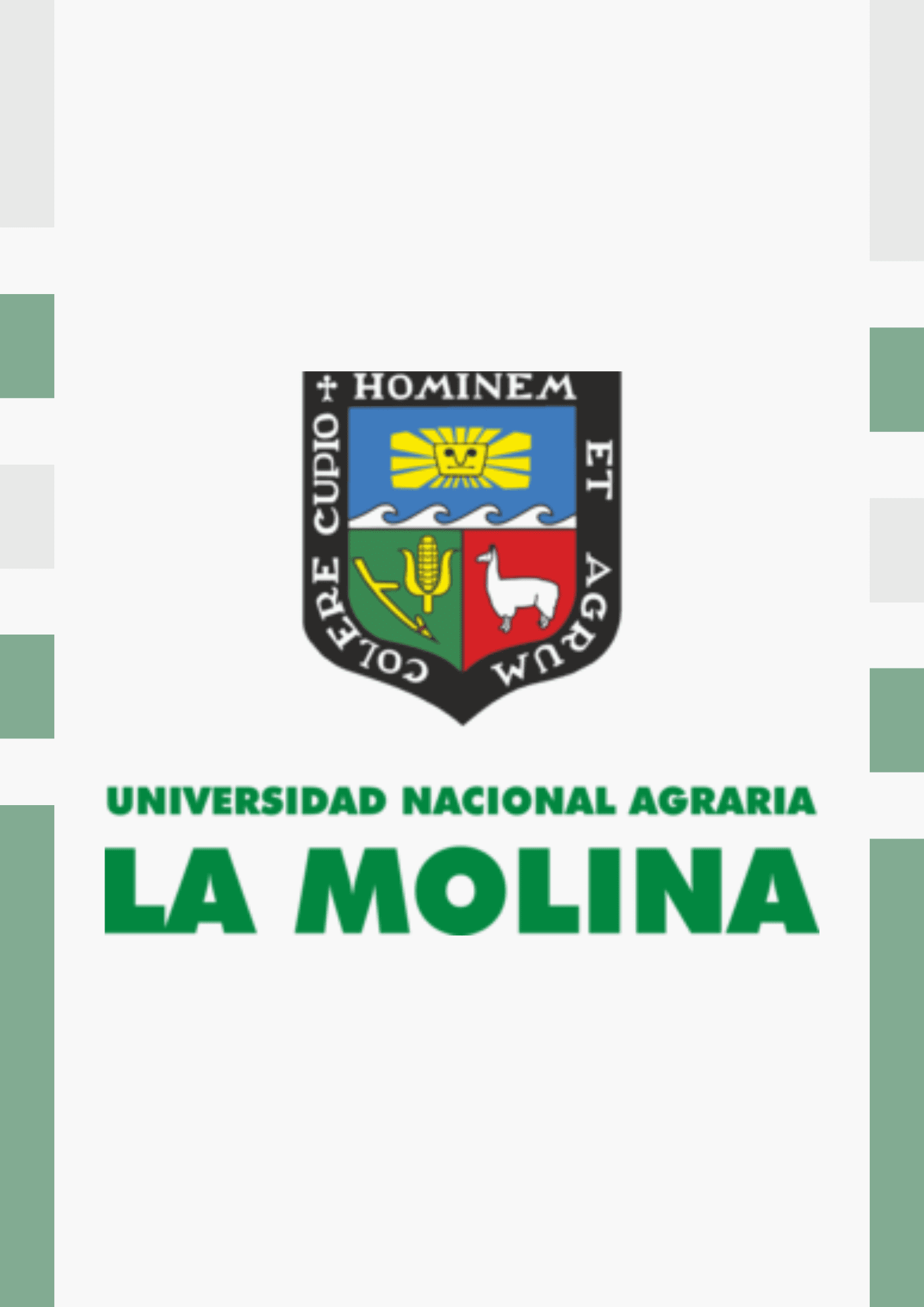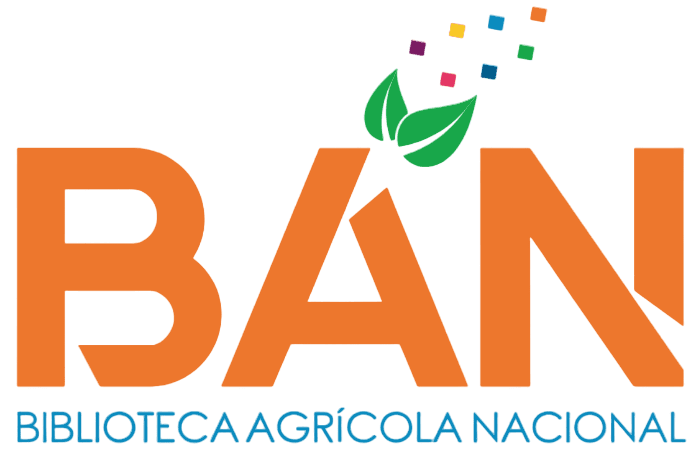Utilización de carne de llama (Lama glama) y harina de kiwicha (Amaranthus caudatus) en butifarra dulce
| dc.contributor.advisor | Salva Ruíz, Bettit Karim | |
| dc.contributor.author | Lavy Chocce, Alison Geraldine | |
| dc.date.accessioned | 2017-07-10T14:48:13Z | |
| dc.date.available | 2017-07-10T14:48:13Z | |
| dc.date.issued | 2016 | |
| dc.description | Universidad Nacional Agraria La Molina. Facultad de Industrias Alimentarias. Departamento Académico de Tecnología de Alimentos y Productos Agropecuarios | |
| dc.description.abstract | Esta investigación tuvo como objetivo determinar la formulación óptima para la elaboración de butifarra dulce con carne de llama y harina de kiwicha, aplicando el diseño de mezclas y la influencia de las proporciones de estos componentes sobre la actividad de agua, perfil de textura y color del producto. En la primera etapa se aplicó el diseño de mezclas de tipo Optimal-D con los tres componentes (carne de llama, azúcar y harina de kiwicha) obteniendo dieciséis formulaciones. Para cada formulación se evaluaron las variables respuesta mencionadas y con estos resultados se determinaron los modelos matemáticos a los que se ajustaba cada una, además de analizar la influencia de los componentes de la mezcla. En esta etapa también se obtuvo que, para el perfil de textura, solo la adhesividad se pudo ajustar a un modelo matemático. También se observó que la proporción de carne y la harina de kiwicha influyen en el color del producto, además que la actividad de agua disminuye cuando se incrementa la proporción de azúcar en la mezcla y esta, junto con la carne, incrementan la propiedad de adhesividad del producto. En la siguiente etapa se realizó la optimización de las variables respuesta tomando de referencia los resultados obtenidos de una muestra patrón; con el objetivo de minimizar la actividad de agua, mantener el color en un rango similar al patrón y buscar que la adhesividad tienda a un valor objetivo establecido, al finalizar el análisis se eligió la mezcla óptima con mayor deseabilidad que se componía de 60 por ciento de carne de llama, 38,86 por ciento de azúcar y 1,14 por ciento de harina de kiwicha. Finalmente se validó la formulación óptima y se evaluó sensorialmente para determinar el nivel de aceptabilidad del producto en consumidores, donde se obtuvo que el producto es aceptable sensorialmente. | |
| dc.description.abstract | This research had as objective to determine the optimal formulation for the production of sweet sausage with llama meat and amaranth flour, applying the mixture design and the influence of the proportions of these components on water activity, texture profile and color. In the first stage a mixture design called Optimal-D type was applied to the three components (llama meat, sugar and amaranth flour) obtaining sixteen formulations. For each formulation the response variables mentioned were evaluated and with the results, the mathematical models that each one fit were determined, in addition to analyzing the influence of the components of the mixture. In this stage it was also obtained that for the texture profile, only the adhesiveness could be adjusted to a mathematical model. It was also noted that the proportion of meat and amaranth flour influence the color of the product and the water activity decreases when the proportion of sugar in the mixture is increased and this, along with the meat, increase the property of adhesiveness of the product. In the next stage the response variable optimization was performed taking as reference the results from a standard sample; the aim was to minimize water activity, maintain the color in a range similar to the reference and search for the adhesiveness to tend to a target value, at the end of the analysis the optimum mix with greater desirability was chosen and was composed of 60 percent of llama meat, 38,86 percent of sugar and 1,14 percent of amaranth flour. Finally, the optimal formulation was validated and sensorially evaluated to determine the product’s level of acceptability in consumers, this evaluation obtained that the product is sensorially acceptable. | |
| dc.description.uri | Tesis | |
| dc.format | application/pdf | |
| dc.identifier.other | Q02.L389-T BAN UNALM | |
| dc.identifier.uri | https://hdl.handle.net/20.500.12996/2653 | |
| dc.language.iso | spa | |
| dc.publisher | Universidad Nacional Agraria La Molina | |
| dc.rights | info:eu-repo/semantics/openAccess | |
| dc.rights.uri | https://creativecommons.org/licenses/by-nc-nd/4.0/ | |
| dc.source | Universidad Nacional Agraria La Molina | |
| dc.source | Repositorio institucional - UNALM | |
| dc.subject | Llama | |
| dc.subject | Carne | |
| dc.subject | Amaranthus caudatus | |
| dc.subject | Productos de la carne | |
| dc.subject | Harinas de cereales | |
| dc.subject | Formulaciones | |
| dc.subject | Mezclado | |
| dc.subject | Procesamiento | |
| dc.subject | Evaluación | |
| dc.subject | Color | |
| dc.subject | Textura | |
| dc.subject | Actividad del agua | |
| dc.subject | Análisis organoléptico | |
| dc.subject | Composición de los alimentos | |
| dc.subject | Perú | |
| dc.subject | Carne de llama | |
| dc.subject | Embutidos | |
| dc.subject | Butifarra dulce | |
| dc.subject | Harina de kiwicha | |
| dc.subject.ocde | https://purl.org/pe-repo/ocde/ford#2.11.01 | |
| dc.title | Utilización de carne de llama (Lama glama) y harina de kiwicha (Amaranthus caudatus) en butifarra dulce | |
| dc.type | info:eu-repo/semantics/bachelorThesis | |
| thesis.degree.discipline | Tecnología de Alimentos y Productos Agropecuarios | |
| thesis.degree.grantor | Universidad Nacional Agraria La Molina. Facultad de Industrias Alimentarias | |
| thesis.degree.level | Título Profesional | |
| thesis.degree.name | Ingeniero en Industrias Alimentarias |
Files
License bundle
1 - 1 of 1

- Name:
- license.txt
- Size:
- 1.64 KB
- Format:
- Item-specific license agreed upon to submission
- Description:

